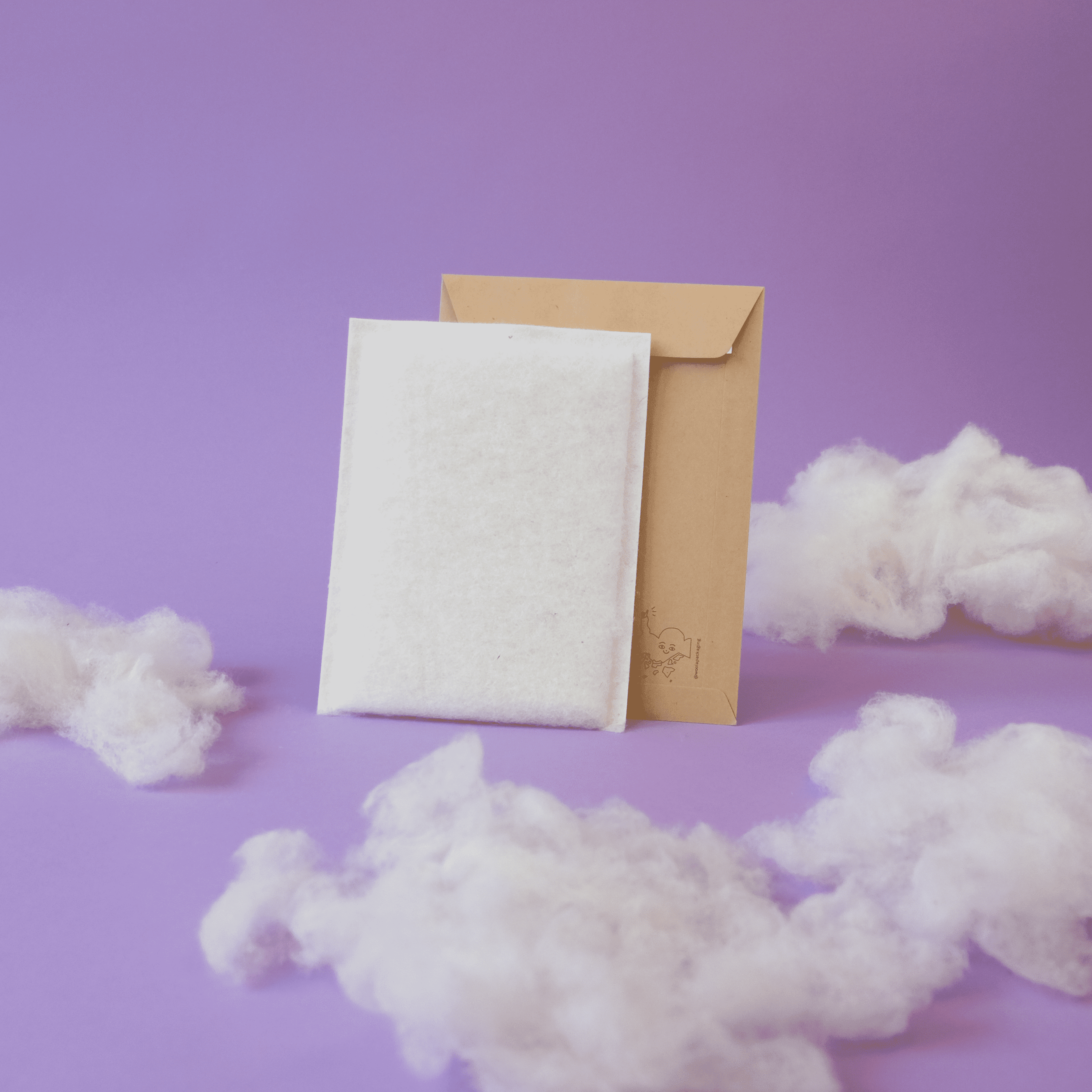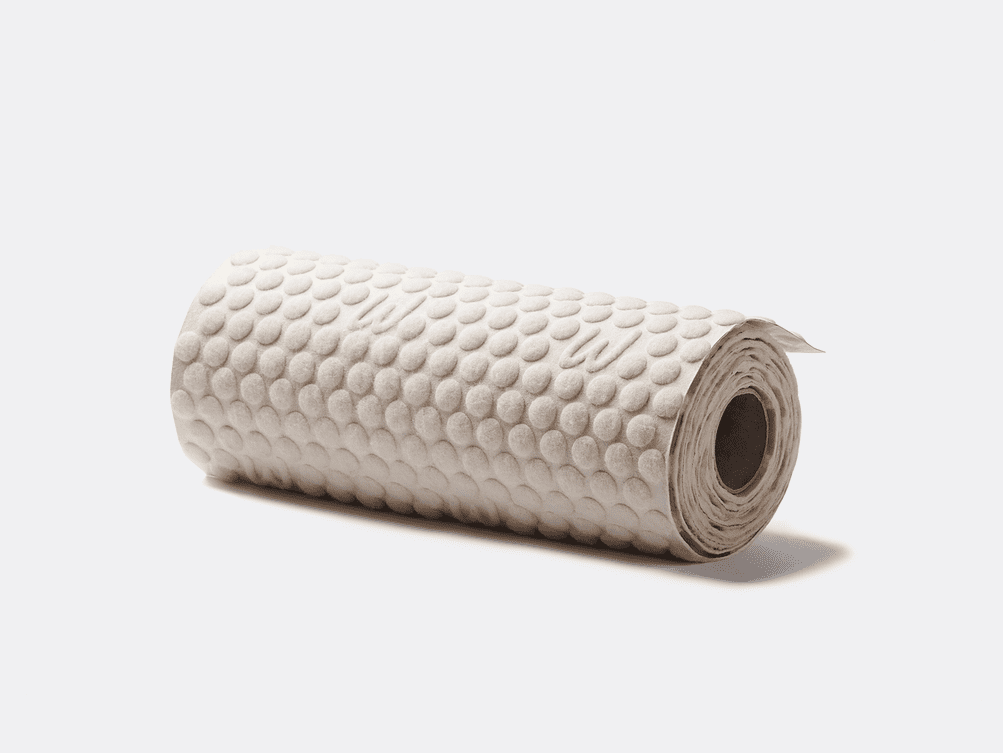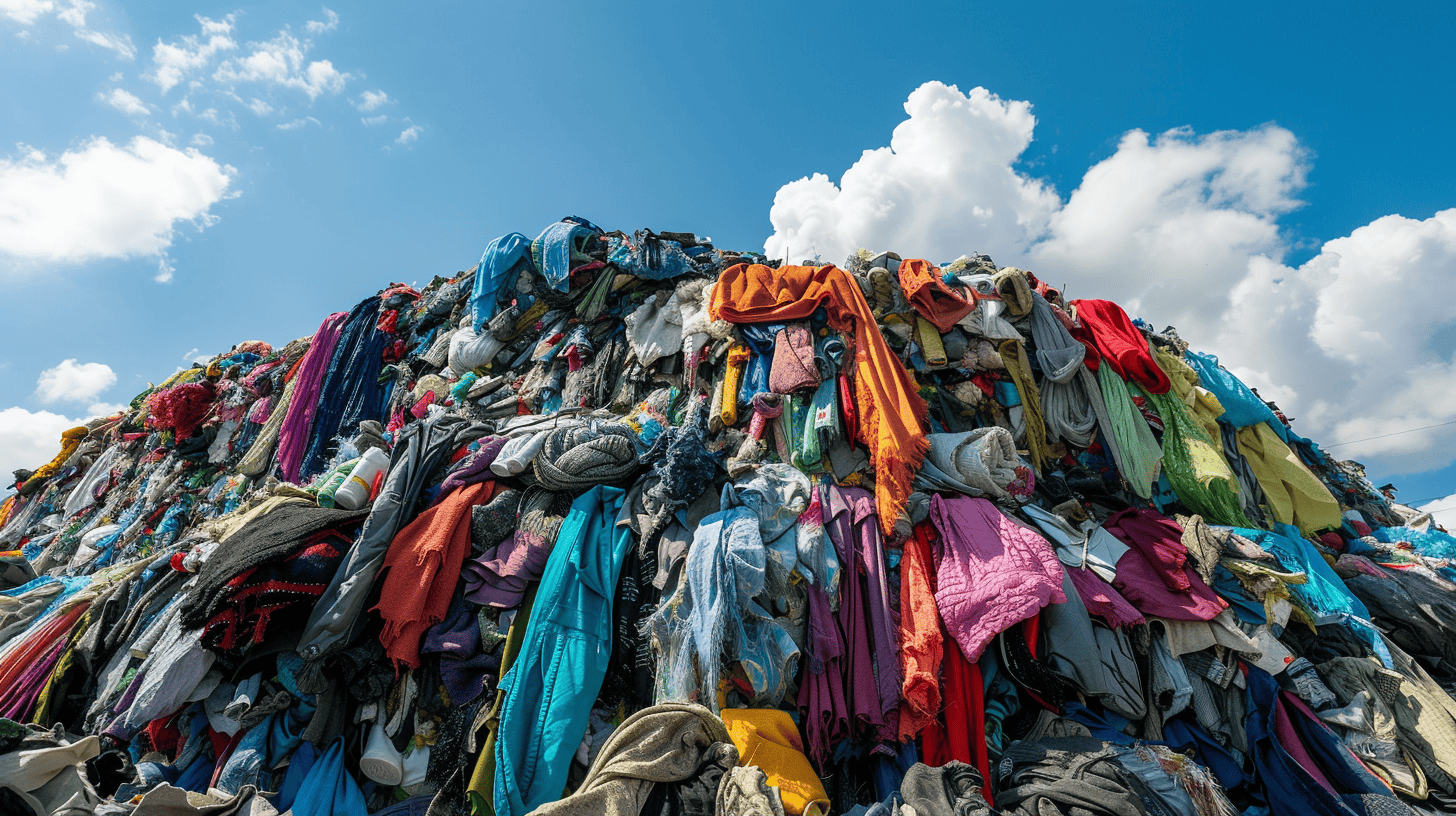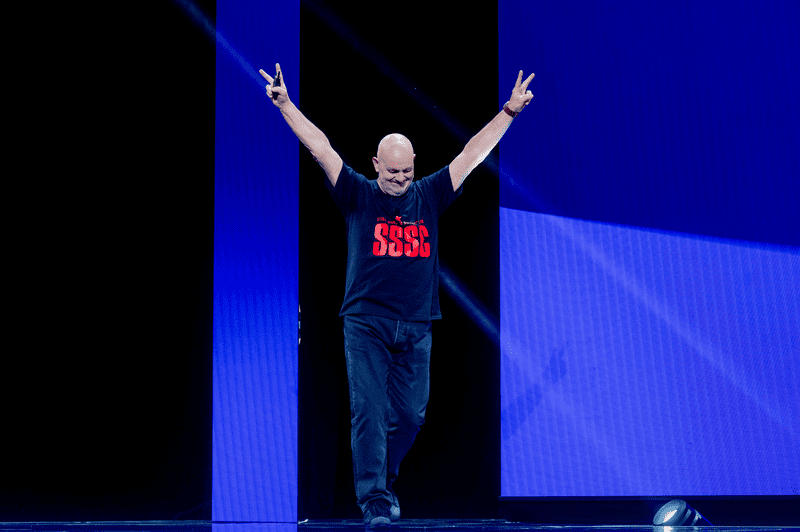
About Woola
- Founders: Anna-Liisa Palatu, Katrin Kabun, Jevgeni Širai.
- Founded in: 2020
- Employees: 13
- Money raised: €3 million
- Ultimate goal: Woola’s mission is to cut 50 percent of global fossil fuel-based bubble wrap usage by 2030.
Online purchases always come with lots of plastic to pack, wrap and protect goods during shipping. Although many retailers are switching to cardboard and recycled paper, waste wool is a better option, per Woola.
Woola is an Estonian startup that uses waste sheep wool to produce packaging products. The firm sources wool locally and transforms it into envelopes, bubble wraps, and bottle sleeves. In this installment of the Start-up of the Day series, Woola’s co-founder Anna-Liisa Palatu told us more about the company, the products, and the firm’s core values.
What is Woola about?
“Woola takes a material that would otherwise get thrown away – waste wool – and turns it into a sustainable alternative to plastic bubble wrap.”
How did you come up with this idea?
“We were running an e-commerce store, and we saw how many plastic bags were included in the shipment of each package. That’s when we realized how much the packaging world depends on plastic.
While looking for alternatives to plastic, I read an article by the sheep wool expert and textile designer Katrin Kabun, where she wrote about the qualities of wool. I got in touch with her, and not much later, the three of us founded Woola.”
What properties of this material make it a good suit for packaging?
“Wool is a naturally high-tech fiber. Its elasticity, water repellency, and resistance to temperature extremes make it an excellent material for packing fragile items that need extra cushioning.
At the same time, around 200,000 tonnes of sheep wool is left unused in Europe every year. The combination of wool being an abundant and regenerative material and its properties led us to start Woola.”

Where do you source wool from?
“We source wool locally from Estonian farmers, cherishing good working relationships with them and building these as long-term partnerships. In fact, we agreed to pay farmers a fair price for their wool, and we collect it after shearing.”
Can you take me through the creation of one of your products?
“After the wool is collected, it is washed to remove dirt and smell and then carded. The final part of the production process happens in our factory in Paldiski, Estonia. We produce in-house to have as much transparency into our supply chain and remain flexible in product development.”
What products have you created?
”We currently offer three products. First, our Wool Envelopes are for shipping small, fragile goods such as jewelry, cosmetics, supplements, and small electronics. Second, we have Bubble Wool which comes in 130x100cm sheets and can be used to wrap bulky items such as ceramics. Third, we also have Bottle Sleeves that protect glass bottles during shipping.”


How do you make sure that you always have good-quality wool?
”The wool left unused in Europe is considered low quality, meaning it’s too coarse to be used in textiles. Unlike the textile industry, low-quality wool works great for packaging. So, we actually have “low” quality standards for the wool — we can use practically all waste wool that doesn’t have other use cases.
For us, it’s important that the wool is responsibly sourced and comes from farmers that share our values, especially when it comes to prioritizing sheep welfare. To ensure this, we have created our own Know Your Wool (KYW) process, similar to how the financial industry has a standard Know Your Customer (KYC) due diligence process. Our KYW includes in-person farm visits, 3rd party audits, and more.”
Who are your customers?
”Currently, we only sell to businesses. Most of our customers are e-commerce retailers that sell fragile products such as cosmetics, skincare, supplements, jewelry, or other accessories. We also have some packaging resellers and postal services companies among our customers, selling to individual customers.
Furthermore, the end customers receiving Woola packages often came up with very creative ways to reuse wool packaging. For example, we’ve seen people reuse our packaging as a teapot cover, a cat bed, or woolen shoe insoles. Our website has an entire page to gather all ideas about how to reuse Woola packaging.”

What are your goals and ambitions for the next years?
”In 2021, an estimated 63 billion parcels were shipped using bubble wrap, and we are working towards halving this number by 2030. It doesn’t necessarily mean we will take 50 percent of bubble wrap’s market share ourselves, but we’ll start a movement that will. A movement that makes fossil fuels and single-use plastics obsolete.”








